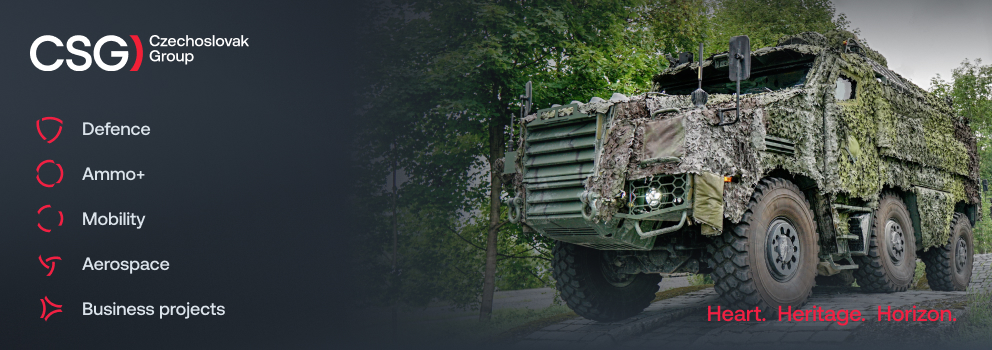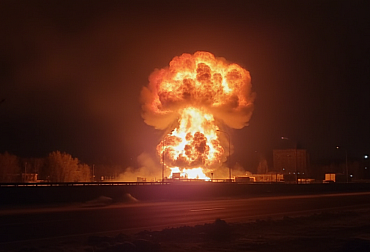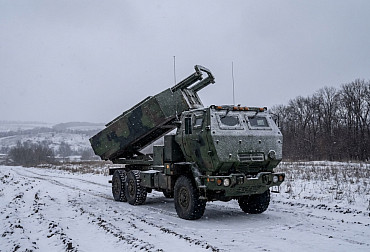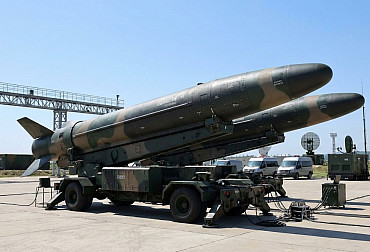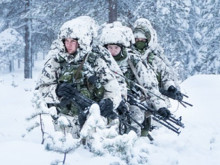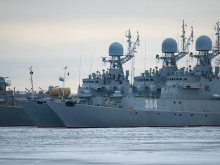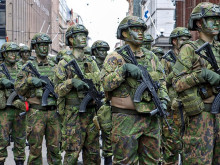Tables won't stop a tank: Defence needs skills, not percentages
The debate on the defence budget has become one of the most closely watched topics in Czech and European security policy in recent years. Thanks to repeated calls from the North Atlantic Alliance, pressure from the United States and the changed security environment following Russia's aggression in Ukraine, public and political debate has begun to revolve tirelessly around a single figure: 5% of GDP. This indicator has overshadowed a far more important question: what we actually spend our defence budgets on and how.
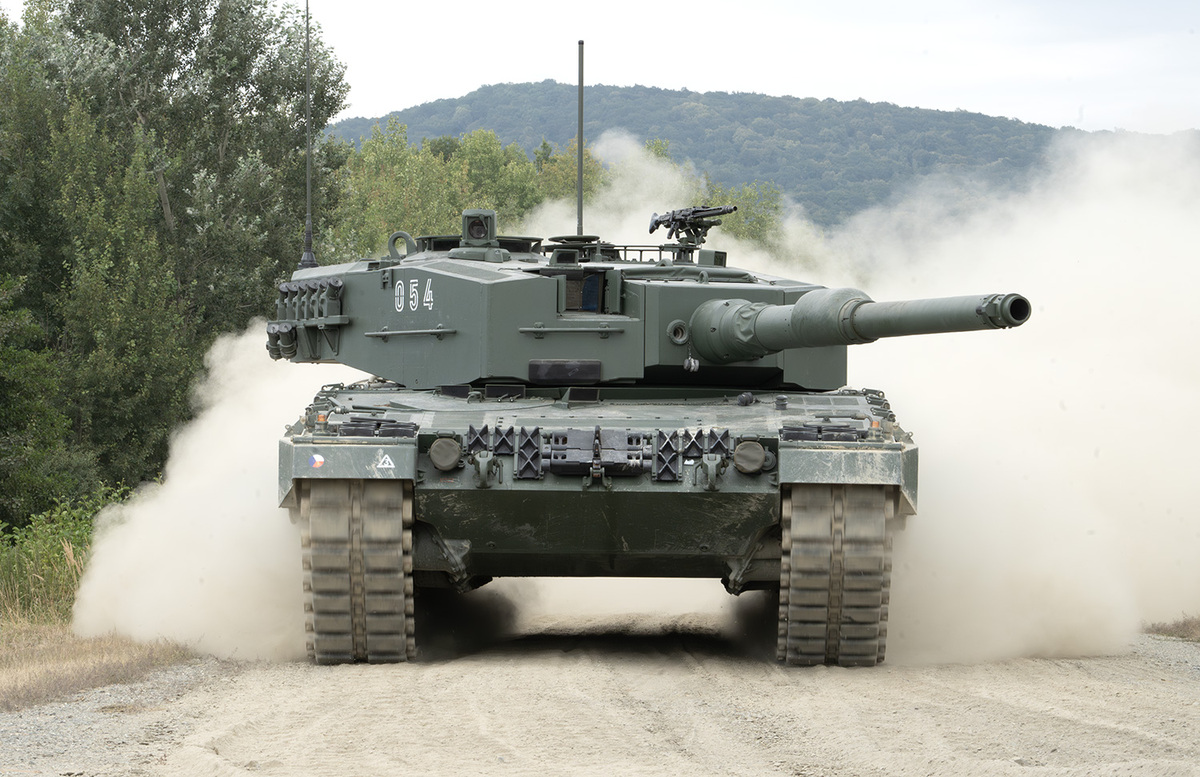
Although the principle of determining defence spending as a percentage of gross domestic product can serve as an easily understandable indicator, its weaknesses are fundamental. In the Czech Republic, where the discourse constantly returns to five per cent, there is a lack of deeper debate on capability building and the effectiveness of spending. This commentary aims to highlight why the fixation on GDP as a measure of defence readiness is failing and why it is necessary to move to a capability-based planning concept, as applied by countries such as Switzerland.
The indicator of defence spending as a percentage of GDP has become the international standard, mainly because of its simplicity. NATO introduced this indicator as a recommendation back in 2006, and member states reaffirmed it at the 2014 summit in Wales. In the Czech public debate, ‘reaching two per cent’ subsequently became a mantra. It appeared in coalition programmes, ministerial statements and media headlines. In reality, however, it is nothing more than an accounting exercise that says nothing about the capabilities the army is supposed to achieve.
A study published in Contemporary Security Policy (2024) provides empirical evidence that growth in defence spending as a share of gross domestic product does not necessarily lead to improved capabilities. In response to the Wales commitment, most non-US NATO members have seen a paradoxical decline in naval capabilities, even though spending has increased. While countries are trying to meet their quantitative commitments, they are shifting resources to areas where they can obtain ‘greater domestic benefits.’ Personnel expenditures or ground forces are therefore given priority over investments in complex and costly platforms such as frigates or submarines. This creates the illusion of increasing defence capabilities, which, in reality, represents strategic stagnation.
From a macroeconomic perspective, GDP is also a dynamic indicator. In times of economic growth, achieving X% becomes relatively easier, while in a recession, real spending may fall even if the target is ‘formally met’. Such volatility is not compatible with long-term defence planning, which often extends beyond a few years.
In the Czech debate, there is a persistent notion that meeting alliance budget targets is synonymous with ‘responsibility towards allies’ or ‘strategic maturity.’ However, this argument fails to take into account the different needs of individual NATO member states, their industrial capacities, geography and security environment. The task of defence planning is not to spend exactly two per cent, but to build capabilities that correspond to the real threats, the strategic environment and the role of the state in the alliance.
In reality, NATO does not need tables listing expenditure, but interoperable forces capable of joint deployment in operations. However, GDP reflects only the level of expenditure, not the capabilities. The Czech Republic could therefore reach 5% of GDP while investing inefficiently, or conversely, be below 5% but develop the capabilities needed to defend its own territory and fulfil its alliance tasks. It is therefore entirely legitimate to question whether the percentage indicator says anything about a NATO member's real contribution to the defence of the collective space.
While most NATO member states follow the logic of ‘spending targets,’ Switzerland (although neutral and not a member of the Alliance) presents an interesting contrast. In its defence planning, GDP percentages play only a marginal role. The Swiss defence strategy is based on the principle of ‘fähigkeitsbasiertes Planen’, i.e. planning according to capabilities rather than budget quotas. The starting point is the identification of specific threats and the roles that the army is to play within the national security architecture.
The Swiss armed forces are therefore not guided by how much of GDP they spend, but by whether they are capable of defending their airspace, supporting civilian authorities during crises or effectively deterring potential aggressors in the Alpine environment. This is achieved through three-year planning cycles (Arméebericht) and multi-year investment programmes submitted to parliament. One of the most visible examples of the capability approach is the Air2030 programme, under which it was decided to purchase 36 F-35A fighter jets and a Patriot air defence system. These acquisitions were not approved in an effort to technically ‘increase the budget’, but to cover a very specific capability gap – the defence of Switzerland's airspace after the decommissioning of the ageing F-5 Tiger aircraft. The entire process was transparent, based on expert arguments, and was subject to a referendum in which it received a public mandate despite strong opposition from part of the political spectrum.
Furthermore, Swiss planning is able to determine the costs of defence capabilities in real terms, rather than as a percentage of GDP. For example, between 2021 and 2024, Switzerland's defence budget averaged CHF 5.6 billion per year (approximately CZK 148 billion), which corresponded to only about 0.7% of gross domestic product. Nevertheless, it was considered adequate in relation to needs. The plan for 2025–2030 envisages a slight increase in spending (with the aim of reaching 1% of GDP by 2035), not because of external pressures, but due to rising costs for new technologies and professional training. However, spending is based on capabilities, such as how many months the army can keep units mobilised or how many units can be deployed to protect critical infrastructure.
In the Czech Republic, the approach to the defence budget is primarily guided by quantitative metrics. The current government confirmed its level at 2% of GDP in a law passed two years ago, and legislators are expected to respond in the near future to the Alliance's June decision to increase spending to 5% of GDP. Although the government presented the introduction of the law as a ‘systemic solution’, in reality it does not address the question of whether the funds are being used effectively and whether this spending leads to the development of real capabilities.
Capability-based planning has a number of advantages. First, it allows defence priorities to be defined based on real threats, rather than on how much money ‘must be spent’. Second, it provides a better tool for managing costs and optimising efficiency – for example, decisions between investing in artillery versus air defence can be guided by deployment scenarios. Third, it allows for tracking capability development over time (such as how the ability to respond to hybrid threats, cyber attacks or critical infrastructure disruption is changing).
The transition from measuring defence spending as a percentage of GDP to capability-based planning is not just a technocratic improvement. It is a paradigm shift from political accounting to functional defence. The Czech Republic has the opportunity to become a leader in this area. It has relatively compact armed forces, a growing defence industry and an alliance that is more interested than ever in specific capabilities. At a time when security threats are not only conventional but also hybrid, cyber and economic, the ability to plan, assess and adapt defence correctly is essential. Instead of repeating mantras about a few percentage points, we should start asking ourselves: what capabilities do we have, what do we need, and how effectively are we achieving them? For the defence of the republic and our credibility within NATO, this is a question of survival. Not just political survival, but potentially real survival.
